News
The Lord's love for us is so great that He not only gave us being. But he also gave us the opportunity to unite us in the closest way with Himself. For this, Jesus Christ during his earthly life at the Last Supper established the Sacrament of the Eucharist. When the Savior gathered the disciples and put bread and wine in His Body and Blood, and commanded all who believe in Him to do also in His remembrance. The New Testament Church strictly observes this command, and the Divine Liturgy is celebrated in each church at the service, at which the faithful partake of St. Gifts. But are we really worthy and able to accept such a sacred thing, how to properly prepare ourselves for the Sacrament of Divine Love?
For every Christian, an icon is not only a shrine, through which a person turns with prayer to God, but often holy images are the main family relic. The old icon is not only a valuable historical artifact, but also a kind of symbol of prayer continuity between generations of Orthodox Christians. They are inherited and may not have any cultural value, but for the owners they are a real treasure. Some of these exhibits survived the persecution of the Church and other calamities, and today we see that the destructive effect of time has not the most beneficial effect on them. And with sadness we see that our favorite icons can fade greatly over the years, or insects destroy the board, and the image can hardly be seen. Will only a major restoration help, or are there ways to prevent the destruction of holy images?
Despite the fact that our people adopted the Orthodox faith more than a thousand years ago, paganism and its prejudices are firmly held in the minds of people. And, unfortunately, all sorts of superstitions appear among believers, one of them says: "pregnant women should not go to church." But it is better to clarify, is there a need for women in the position of attending divine services? Let's try to figure it out, does the Orthodox Church really leave expectant mothers without spiritual care?
The Nativity Fast continues, and we are gradually approaching the main winter holidays. Every Christian, having purified his soul by repentance, prepares to meet the God-baby Christ who has appeared in the world. The second holiday after Christmas on the calendar is the Baptism of the Lord. And what distinguishes the Epiphany from other festive services is the great consecration of water. The consecrated water accompanies us all our lives, for the first time we plunge into it on the day of our Baptism, I accept the faithful every morning, without it we cannot go through most of the church rites. But the question still arises, how to use holy water correctly? How to store it and what to do if it deteriorates? We will try to answer these and other questions.
The first thing any person encounters in a temple is a huge number of sacred images - icons. Holy images have a great sacred meaning for every Christian, and it is not surprising that dozens of them are kept in the homes of believers. When buying icons in church shops, we often face the problem that it is not so easy to choose one from the number that is on the shelves. Icons differ in price, size, iconographic style, decoration, etc. So what is the difference between expensive and cheap icons, between handwritten and printed ones? Does the size of an icon affect its beneficial effect on a person? We will try to find answers to these and other questions.
For believers, the main personal holiday of the year is the day of the heavenly patron, that is, the saint whose name we bear. The day of Baptism is also celebrated, when each of us at one time became a child of the Church of Christ. But, what about a birthday, is it really not customary to celebrate it among believers. But in the church calendar you can see several holidays that are dedicated to the birth, these are the Nativity of Christ (January 7), the Nativity of the Most Holy Theotokos (September 21) and the Nativity of John the Baptist (July 7), and in some localities the Nativity of St. Nicholas, the miracle worker of Myra (11 August). Is it okay to celebrate or not? If and how to note, how to do it so as not to violate the norms of piety, especially if the date coincides with the fast? Let's try to find answers to these and other questions.
Different people come to the church, and everyone has their own level of churchliness, and therefore the parish priest has to answer all sorts of questions. Some of them relate to everyday issues about a person's attitude to different things. Indeed, we all have a different perception of everything that surrounds us. Even a modern person who considers himself a believer has a dilemma: "Can ordinary clothes or other object harm me, or still needs to be sanctified?" Our attitude to the tradition of church consecration is not unambiguous, and you can often see how a person goes to extremes. Can a parishioner who is not ordained to consecrate any thing himself? Does sanctification always “help”? And do you need to sanctify all your things? Let's try to understand these and other questions.
This year has absorbed many challenges and still continues to amaze with new crises, ups and downs and cataclysms. Against the background of economic and information battles, another struggle is taking place — a spiritual one. Whatever happens on the first two fronts, for a Christian the outcome of the internal struggle should be dominant. Hard times temper the spirit, and the tempered spirit sees the world in a new way: in its diversity of possibilities and in the light of God's grace. Spiritual warfare is an effort of virtue and a feat of piety. In this article we will tell you about one of the most important spiritual deeds for a Christian — fasting.
Today many people, even those who are churched, come to church with a request to purchase or to pray in front of a specific icon to solve some problem. For example, in front of the image of the "Inexhaustible Chalice" they often pray to get rid of the passion of drunkenness, and from evil spirits they come to the image of the holy martyrs Cyprian and Justina, etc. The question arises whether such a custom attitude towards holy icons is correct, and there is no danger of veneration Are icons bigger than God? We have collected answers to these and other questions in our article.
The Orthodox Church is the House of God, in which, surrounded by a host of angels and saints, the Lord invisibly dwells. A sacred place for every Orthodox person, at the sight of which it becomes warmer in the soul, thoughts become purer, and the sky overhead seems even higher and brighter. It is a protector, a comforter, and an inspirer of people. No wonder, the first thing that people built in a new place was always the Orthodox Church. And how is this shrine arranged?

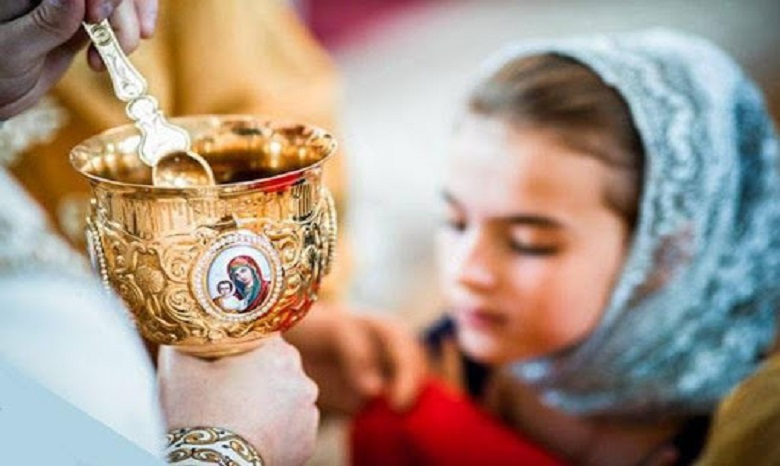
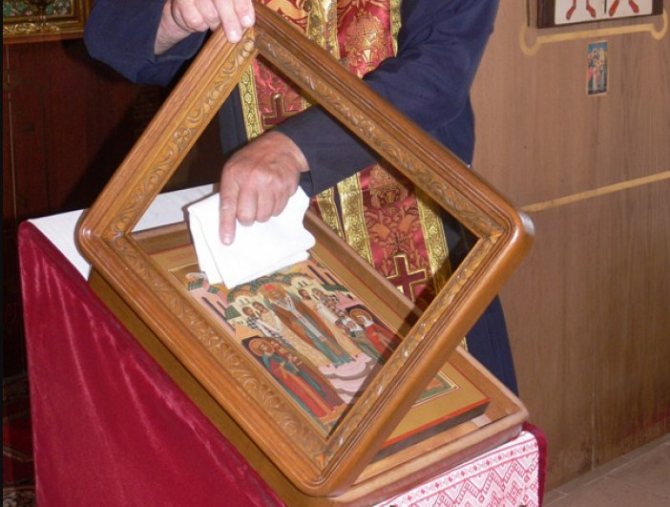
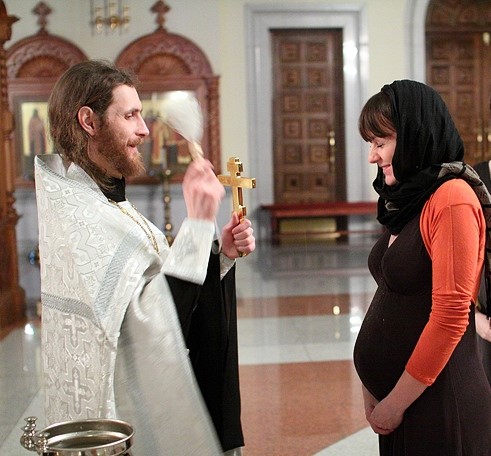


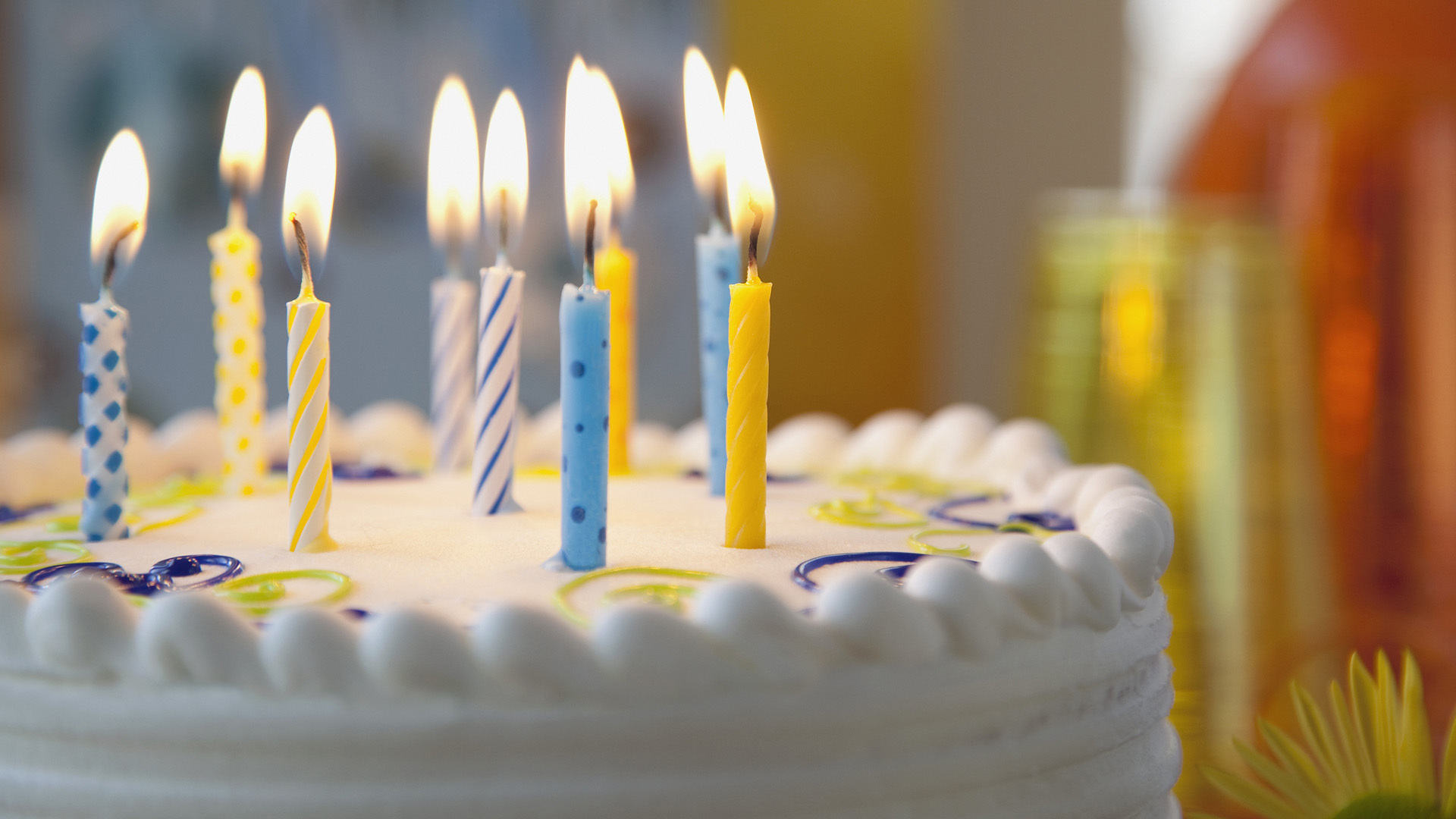

.jpg)
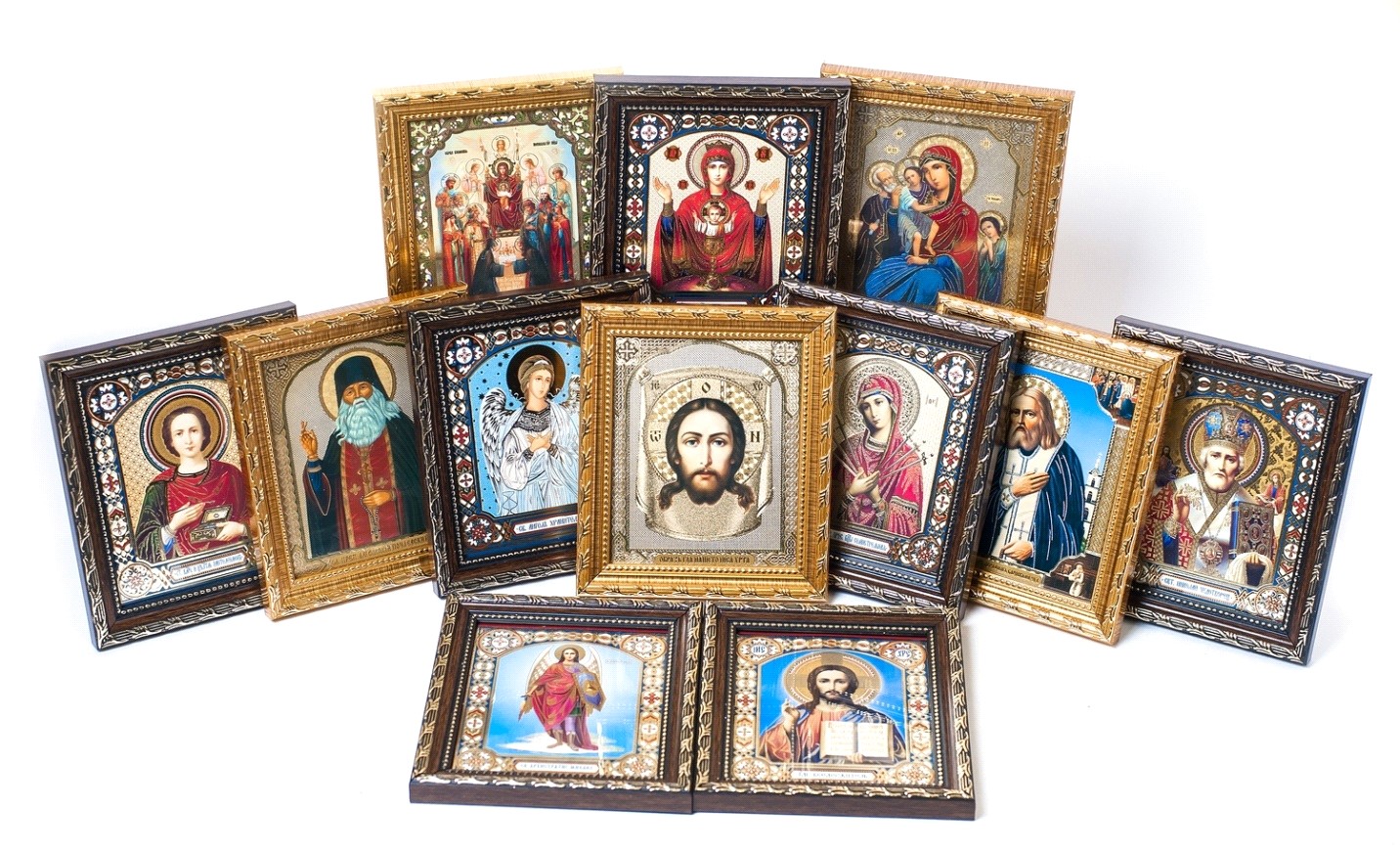
.jpg)


